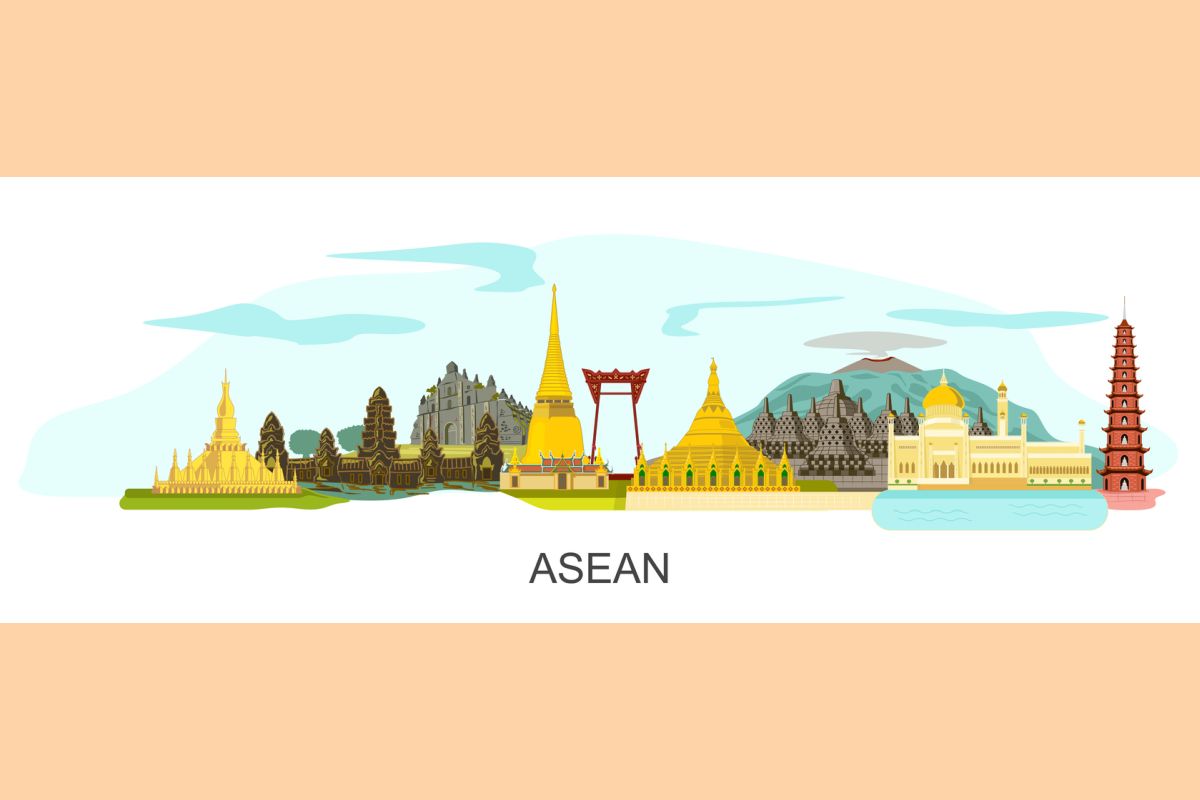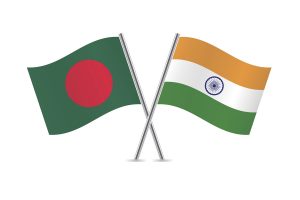The outbreak of novel coronavirus poses a significant threat to Southeast Asia and its regional bloc Association of Southeast Asian Nations (Asean). This is primarily due to the region’s geographical proximity to China and the high trade flow between them. Asean has not faced anything like COVID-19 in the recent past.
The massive scale of the outbreak has brought about the need for the regional bloc to act firmly as the international system has left every country for itself. The optimal way for Asean to deal with the pandemic is to stand united and come together as a region. It is important to study the impact of Covid-19 in ASEAN for two important reasons.
Advertisement
First, Asean has a huge impact on global economy and trade. Given the importance of China and the United States to Asean, and with both countries being affected badly and the region’s closeness to South Asia, Asean should not be ignored.
Another reason is that South Asia’s regional bloc South Asian Association for Regional Cooperation (Saarc) has often struggled when it comes to the concept of unity and regional integration because of the differences of approach among its member states.
Asean on the other hand manages to flourish because of the principles that drive the region’s integration. Almost all the Asean countries are now dealing with the third stage of the virus, which is the community transmission stage. One of the worst-hit countries among the member states is Singapore. The country has reported 31,960 cases of coronavirus with 23 deaths, followed by Indonesia with 22,750 cases as of May 26.
All other Asean member states have reported comparatively fewer cases when compared to Western countries. However, what is troubling for Asean is that these numbers likely stem from either under-testing or under-reporting or both and may increase in the weeks ahead. Based on existing facts and figures, it is not implausible to estimate that several more thousands of people across Asean will be affected, possibly causing significant impact on the region’s economy.
Southeast Asia economies in the late 1990s could attain loans from International Monetary Fund (IMF) and strived for economic recovery. However, in the present scenario, the international market may not be ready to support Asean’s growth and economy sufficiently. So, it is imperative for Asean economies to come together.
All member states must conduct more extensive tests and should come clean about the number of cases in their respective countries. What needs to be done is developing the healthcare systems in lesser-developed Asean countries like Cambodia, Laos and Myanmar, as they are not equipped enough to fight the disease on their own, especially if the virus becomes widespread.
Although Southeast Asian foreign ministers have discussed the setting up of a regional fund to respond to the pandemic, the fund is nearly not enough. The governments of different member states need to be more vigilant and adopt policies that are costefficient to help in flattening the curve. Once Asean’s more medically equipped members manage to contain their outbreaks, they should start helping other Asean neighbors.
Asean needs to respond collectively as a regional bloc. If not, the virus is not going to leave the region any time soon. Covid-19 is not only going to impact public health, but its impact will also spill over to the socioeconomic realm. One great step was the holding of special Asean Plus Three Summit on April 14, which included the 10 Asean members, China, Japan, and South Korea.
The move came following heavy criticism of the slow response to the pandemic, especially in the intial stages. The ministers came up with several steps to fight the pandemic, including the establishment of Covid-19 Asean Response Fund and ways and strategies to ease the global health crisis. Vietnam has since extended some support in the form of medical equipment, which included specialized protective clothing, medical masks, testing systems, and test kits worth $304,000 to Laos and Cambodia.
Vietnam’s model for containing the outbreak has been considered a successful low-cost model and has attracted international attention. The low-cost model focusses on opting for selective but proactive prevention because of a lack of resources and has been largely effective thus far. Other Asean member states should attempt to implement this low-cost model.
While Asean should treat Covid- 19 as a regional challenge, the member states should avoid the geopolitical disparities in the region and prevent being further divided because of geopolitics, especially when it comes to external players. China has been offering assistance to Asean to fight the pandemic. For instance, Beijing sent loads of medical supplies to the Philippines in March.
Asean should be cautious about China’s assistance because Beijing has always looked at Southeast Asia as a region that can be dominated. This opportunity would be perfect for China to increase its leverage in its contested claim in the South China Sea and expand its dominance in Southeast Asia. Other external players like Japan, India and South Korea are thus far not as hell-bent as China to establish their control over the region.
Given the circumstances, Asean’s action plan should focus on four steps. First, Asean member states should conduct more tests and identify as many cases as they can within their borders. Transparency is key to speeding up efforts to curb the virus. Second, Asean needs to respond collectively and proactively as a bloc through coordination, comprehensiveness, information-sharing, and effective policy-making.
Third, Asean should develop costeffective models like making cheaper test kits to flatten the curve. Lastly, Asean should focus less on its geopolitical disparities in these unprecedented times and not let external players take advantage of the situation. If Covid-19 is not dealt with responsibly and collectively, it could disrupt Asean’s existence and its accomplishments.
(The writers are, respectively, Executive Director at the Center for Southeast Asian Studies (CSEAS), Jindal School of International Affairs, O.P. Jindal Global University and a Research Assistant at CSEAS)











